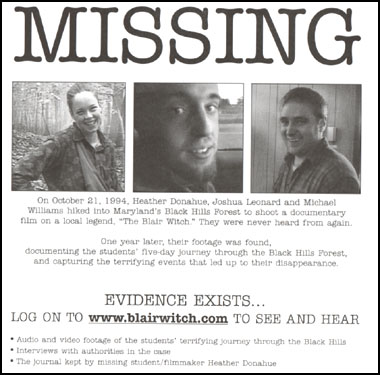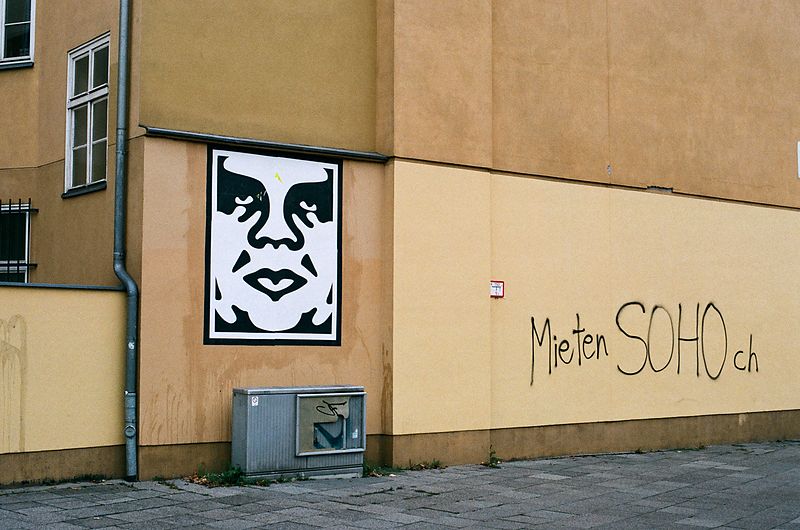Since its early beginnings in 1984, guerrilla marketing has evolved as quickly and as dramatically as the world around us. When Jay Conrad Levinson first published his book introducing the topic (appropriately titled Guerrilla Marketing), the “weapons” of the time included graffiti and sticker bombing. Today’s strategies can range from flash mobs to Web page takeovers to viral videos.
So what exactly is guerrilla marketing? In its simplest form, guerrilla marketing is a low-cost strategy using unconventional means – often in a localized or centralized area – to draw attention to an idea, event, brand, product or service. In this article, we’ll examine the difference between viral marketing and guerrilla marketing, discuss 12 different guerrilla tactics, and share some of our favorite guerrilla efforts.
Viral Guerrillas?
Online videos are all the rage. But every ad agency’s worst nightmare is hearing its client say these five little words: “I want a viral video.”
Viral videos – or even worse, viral marketing campaigns – are not guaranteed. But if you’re able to create something that’s original and shocking and creative and powerful, they can be exceptionally effective. Consider Dove’s “Evolution,” an early online video as part of the Campaign for Real Beauty. The video served as the launch pad the campaign needed to take off—and has nearly 17 million views today.
Although some guerrilla marketing tactics, like “Evolution” or a bystander’s video of a flash mob, may indeed go viral, it’s not a requirement. In fact, since guerrilla marketing often takes place in a single physical location, only a limited number of people are exposed – meaning, most viral marketing is born from guerrilla efforts, but not all guerrilla marketing efforts go viral.
The Get-Your-Hands-Dirty Dozen
According to GuerrillaOnline.com, there are 12 – yes, 12 – types of guerrilla marketing. Here’s a brief overview of each:
Astroturfing
Creates an impression of being spontaneous and dominating the scene. Often used by blogs that look like they’re being operated by unbiased third-parties, but are actually being financed by a company that is trying to sell a product.
Viral Marketing
See the first section of this article.
Undercover Marketing
Also known as buzz or word-of-mouth marketing, this strategy generates buzz around a product to increase awareness.
Tissue-Packing Advertising
First used in Japan, this technique is to place ads in tissue papers, which remain with people until they’re used.
Wild Posting
This strategy involves placing a large number of posters in a centralized location—such as construction site barricades, building facades, or alleyways—to attract attention. Essentially, it’s less permanent graffiti.
Ambient Marketing
This type of marketing is about placing an ad in an unexpected location (a bathroom, a stairway, a luggage carousel) to transform the space. Consider “blood” on a bathroom floor to advertise for a horror film or a luggage carousel in a Vegas airport turned into a roulette wheel.
Presence Marketing
The strategy behind presence marketing is to constantly communicate a product or brand to the target audience on a daily basis.
Alternative Marketing
This type of marketing includes unintentional or intentional publicity that looks like it is completely removed from the company itself. For example, the meme Alex from Target was unintentional alternative marketing for the retail giant.
Experiential Marketing
Also called customer-experience marketing, this tactic connects people to a product by experience, including hands-on demonstrations, trial versions, or test drives.
Presume Marketing
This type of guerrilla marketing increases exposure of a product or brand in public places, such as at a festival or in movies.
Ambush Marketing
Ambush marketing includes strategic event takeovers or planned disturbances, such as flash mobs.
Drumroll, Please
And now for our top five favorite guerrilla marketing efforts of the past year.
5. This “missing person” poster advertisement for the The Blair Witch Project

4. BMW’s clever response to an Audi billboard in California

3. TNT’s “Add More Drama,” which took the idea of a planned disturbance to a whole new level
1. The Obey sticker campaign created by Charleston-native Shepard Fairey to raise awareness of how our surroundings are constantly influencing our behavior (Fairey went on to create the Hope poster image for Obama’s first presidential election campaign).

It’s clear; guerrilla marketing has come a long way since wallpapering bus stops. And we’re excited to see what clever and unexpected stunts marketers will come up with next. Work with us, and perhaps your brand will top next year’s Best in Guerrilla marketing list.
For more information on The Brandon Agency’s branding and marketing capabilities – guerilla and otherwise – please contact us or leave a comment below.